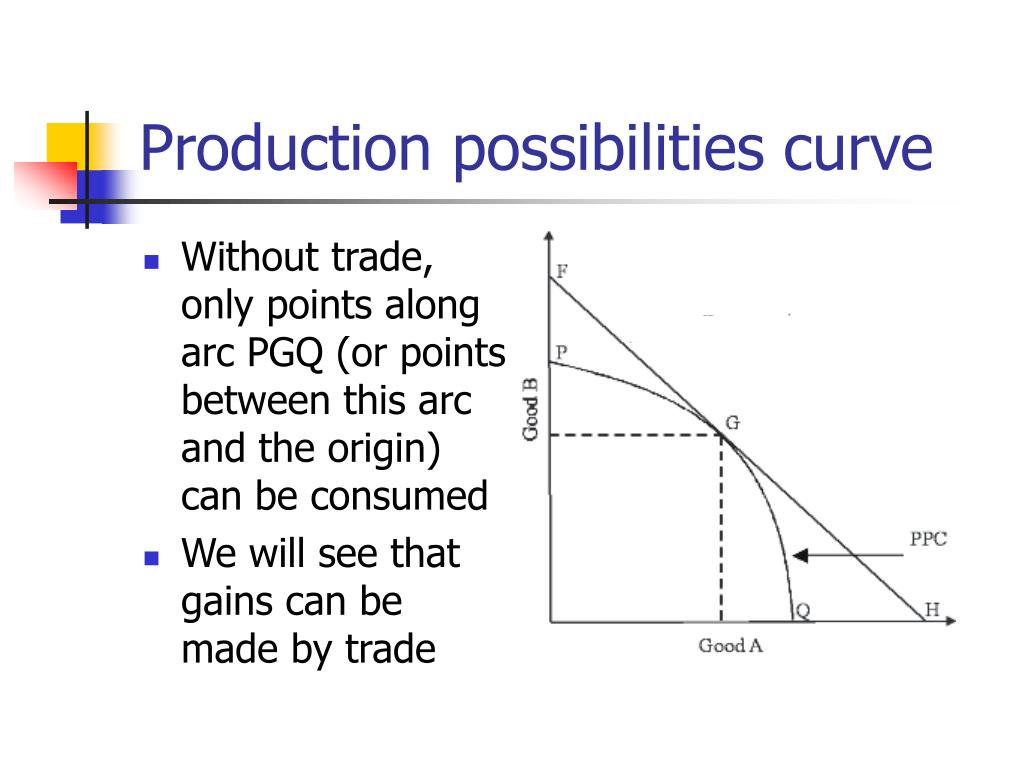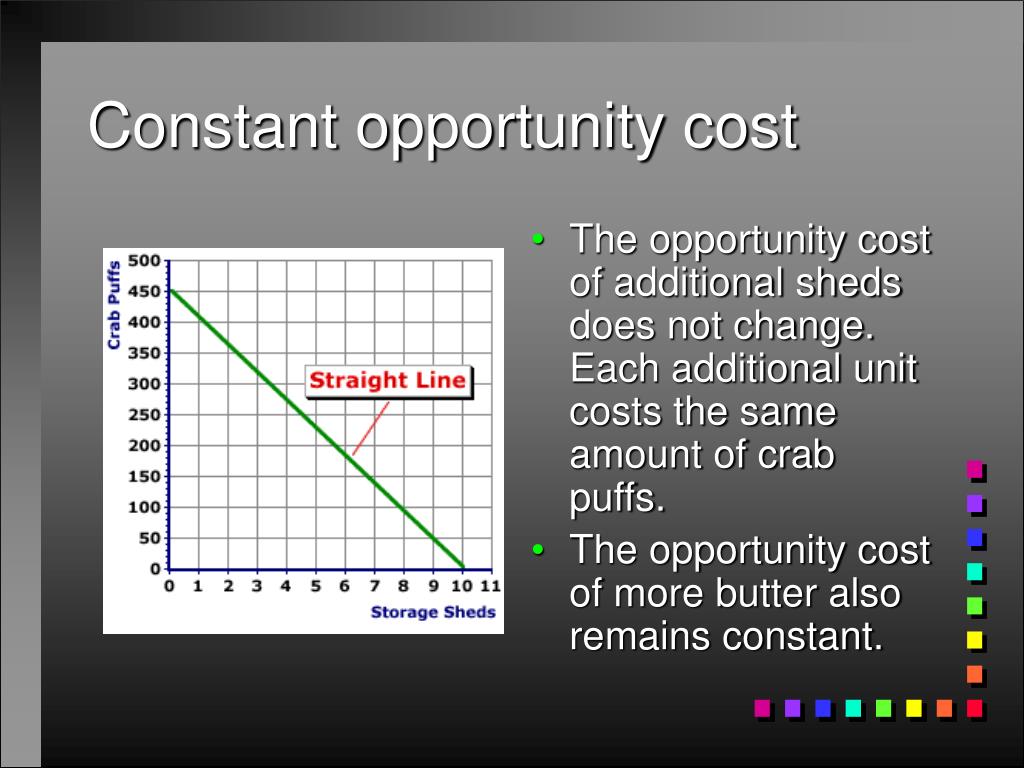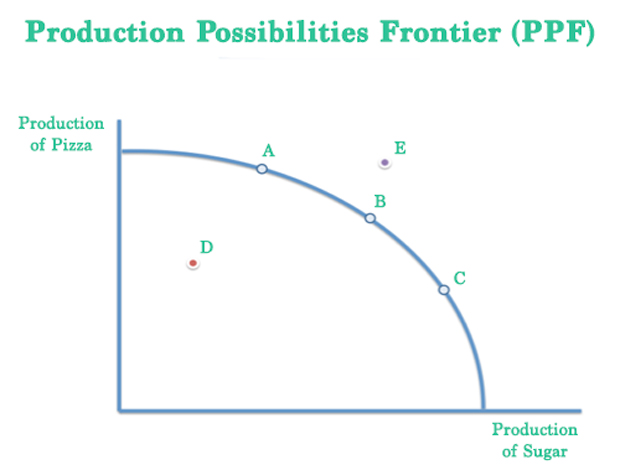
In this book von Haberler formulated the notion of opportunity cost and showed what happens when different choices are made about what to produce in an economy. Von Haberler was best known for his writings on international trade, and he first came to prominence with the publication, in 1937, of The Theory of International Trade. The concept that came to be known as the production possibilities curve was first outlined by the Austrian-born American economist Gottfried von Haberler (1900-95). Nevertheless, examining these tradeoffs leads to significant insights about different facets of the economy. In reality, there are many goods in most economies, and the complexity of the economy as a whole cannot be reduced to the impact of simple tradeoffs. PPCs are intentionally simplified illustrations of what happens when one good is produced instead of another. It is important to note, however, that PPCs are used only to give us a hypothetical understanding of these economic conditions. We can graph the tradeoff between any two goods using the PPC. We can devise a PPC that will show us the amount by which computer production will decrease as car production decreases, and vice versa. The production possibilities curve is a visual aid allowing us to understand scarcity, choice, and opportunity cost.


The unproduced computers represent the opportunity costs imposed on society by choosing cars. An increase in car production may mean a decrease in computer production. Similarly, when society chooses to allocate its land, labor, and capital to the production of one type of good (cars, for example), it gives up other possible uses of those resources (the production of computers, for example). You also pay the price of foregoing other enjoyments, such as a hamburger and soda.
PRODUCTION POSSIBILITIES CURVE MOVIE
If you buy a movie ticket for $10, the cost to you is not strictly monetary. Instead of well-being or profit, an economy’s goal, in the eyes of economists, is efficiency.Īny time we as individuals, businesses, or a society choose one way of allocating resources over another, we pay what are called opportunity costs. An economic system takes limited quantities of resources and assigns them to certain uses as opposed to other uses. The company must make choices based on its limited pool of resources, and it will allocate its resources in a way that will bring the maximum amount of profit. A car company is limited in the number and variety of cars it can produce by the amount of land, labor, and capital (equipment and money for doing business) in its possession. A business, likewise, is faced with limited resources. He may allocate part of that sum to rent, part to a car payment, part to groceries, and part to entertainment, allocating different amounts of money to different uses in an attempt to create maximum well-being. Someone with a weekly salary of $500 understands that the quantity of purchases he can make with that amount of money is limited. Most of us probably see scarcity at work in our daily lives. The fundamental quality dictating the economy is scarcity: the resources that we as a society draw on to produce goods and services are limited. In economics the production possibilities curve (PPC), also called the production possibilities frontier (PPF), is a tool for illustrating the idea of trade-off by showing the maximum quantities of two goods that can be produced at a given time from an existing, finite pool of resources. It helps in guiding the movement of resources from producer goods to capital goods, such as machines, which, in turn, increases the productive resources of a country for achieving a high production level.Production Possibilities Curve What It Means.On the other hand, p rivate sector goods are manufactured by privately owned organisations and are purchased by individuals at a certain price.
PRODUCTION POSSIBILITIES CURVE FREE
The public sector goods are supplied and financed by government, such as public utilities, free education and medical facilities.



 0 kommentar(er)
0 kommentar(er)
